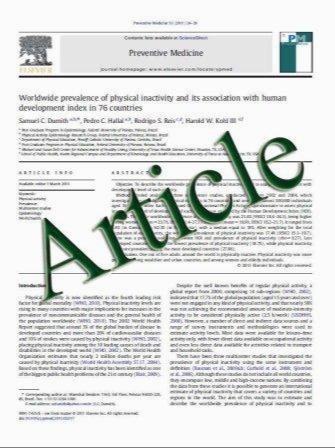Vascular endothelial growth factor receptor 2 and downstream p38 mitogen-activated protein kinase are possible candidate markers of intrinsic resistance to adjuvant endocrine treatment in steroid receptor positive breast cancer
- نوع فایل : کتاب
- زبان : انگلیسی
- مؤلف : Barbro K. Linderholm Henrik Hellborg Ulla Johansson Lambert Skoog Janne Lehti
- چاپ و سال / کشور: 2010
Description
A cross talk between tyrosine kinase receptors and mitogen-activated protein kinases (MAPKs) is proposed as involved in endocrine resistance. We wanted to investigate intratumoral levels of vascular endothelial growth factor receptor 2 (VEGFR2) and p38 MAPK in relation to relapse-free (RFS) and breast cancer corrected survival (BCCS) after adjuvant endocrine treatment, mainly tamoxifen for 2 or 5 years. We also wanted to investigate these markers in relation to early and late recurrences. VEGFR2 (n = 381) and p38 (n = 174) were determined by enzyme-linked immuno-sorbent assays in tumor homogenates from primary BC diagnosed 1993–1996. Wide ranges of VEGFR2 and p38 proteins were found; median 0.72 pg/lg DNA (range 0.0–11.66), and 0.04 pg/lg DNA (range 0.0–6.79), respectively. Detectable levels of p38 were registered in 65% and classified positive. Higher VEGFR2 were correlated to higher VEGF (P = 0.005), p38 MAPK (P = 0.018), negative ER (P = 0.008), larger tumors (P = 0.001), histopathological grade III (P = 0.018), distant metastasis (P = 0.044), shorter RFS (P = 0.013), and shorter BCCS (P = 0.017). Expression of p38 was significantly correlated with negative PgR (P = 0.044) and with early relapses (P = 0.021), while no difference was seen during the later follow-up period (P = 0.73). Higher VEGFR2 had a significant negative impact on both early (P = 0.029) and later recurrences (P = 0.018), while VEGF only predicted later relapses (P = 0.037). Our preliminary results suggest higher intratumoral levels of VEGFR2 and p38 MAPK as candidate markers of intrinsic resistance for adjuvant endocrine therapy.
Breast Cancer Res Treat (2011) 125:457–465 DOI 10.1007/s10549-010-1252-x Received: 15 June 2010 / Accepted: 27 October 2010 / Published online: 26 November 2010 Springer Science+Business Media, LLC. 2010


